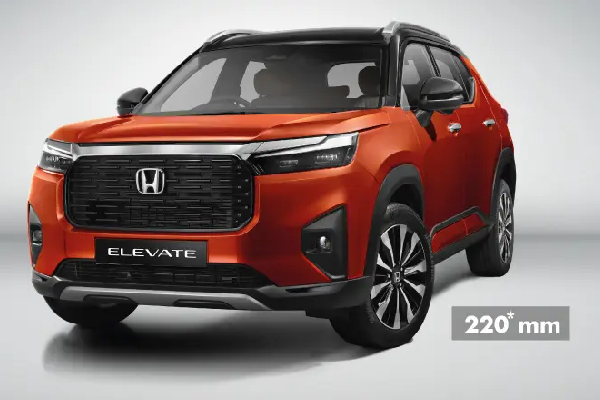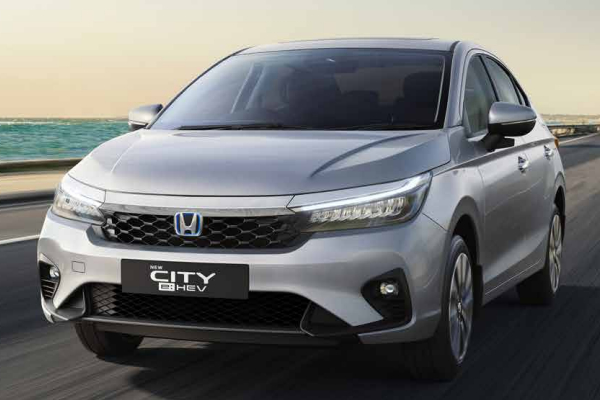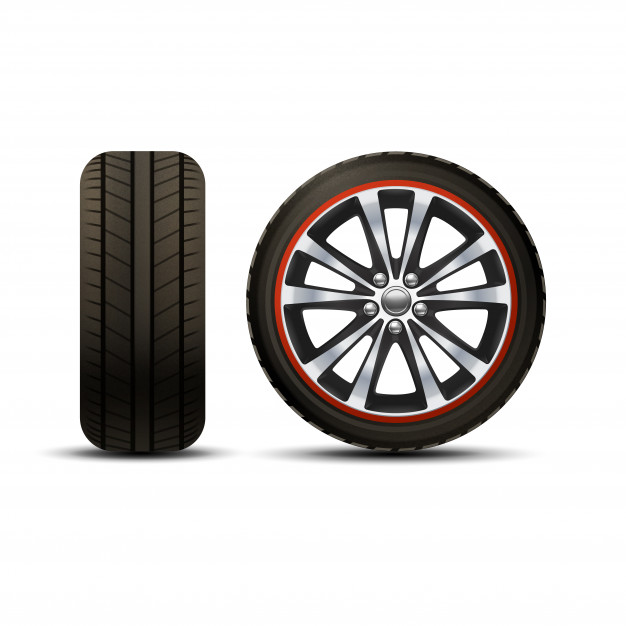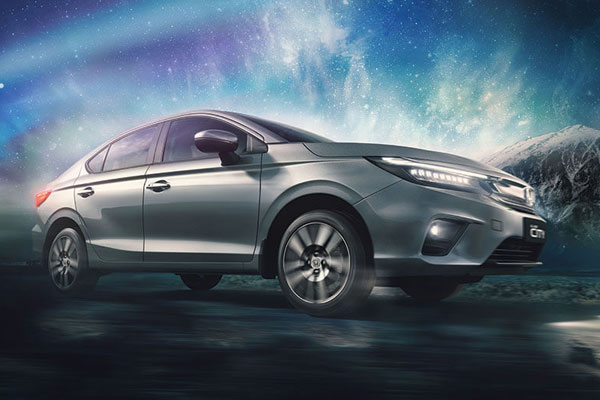How Tyre Upsizing affects driving dynamics
We all love those wide tyres with tiny sidewall mounted on a set of massive 20-inch wheels. But it is not as simple as it looks. There are a few things to keep in mind if you are thinking of upgrading your car’s tyres.
1. Contact patch
A wide tyre offers better grip and acceleration due to bigger contact patch. There are notable exceptions to the law though as automakers have begun working closely with tyre makers in this aspect. A wide tyre is also going to affect a car’s performance and fuel efficiency numbers.
While upgrading (if you really need to), it is advisable to jump up one size than what the car offers out of the factory. Going two or more levels higher will require you to get wider wheels, which are going to stick out of the wheel arches. A wider tyre is also going to hamper the movement of the front wheel when turning by scraping against the wheel well. So, if you have a 165/80 R14, you can safely upgrade to 175/80 R14 with minimal repercussions, if needed.
3. Compound
The choice of compound plays a role in increasing or reducing rolling resistance. It is the ability of the wheel to roll freely. A soft compound tyre, which offers better grip and shorter braking distances, has increased rolling resistance than other tyre compounds. The increased grip will not only adversely affect the fuel efficiency but also sap some power from the car’s engine. Soft compound tyres also don’t last as many kilometres as a harder compound. You should choose wisely based on your car’s performance and your needs. You can go one or even two levels deeper into soft rubber for your car compared to what you got on your car from the factory without greatly compromising the performance and fuel efficiency.
Source - tyres.cardekho.com
TO KNOW ABOUT HONDA CAR WORKSHOPIN KASHMIRA CONTACT SOLITAIRE HONDA AT 022 67385555 OR AT sales@solitairehonda.com
CAR MODELS
-
 SUV
SUVALL New Elevate
-
 SEDAN
SEDANNEW CITY e:HEV
-
 SEDAN
SEDANNew Amaze




